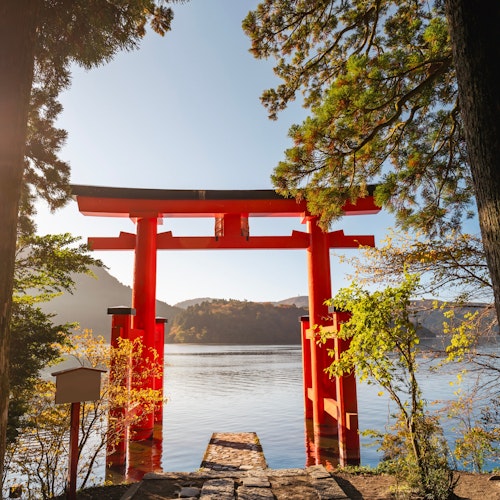
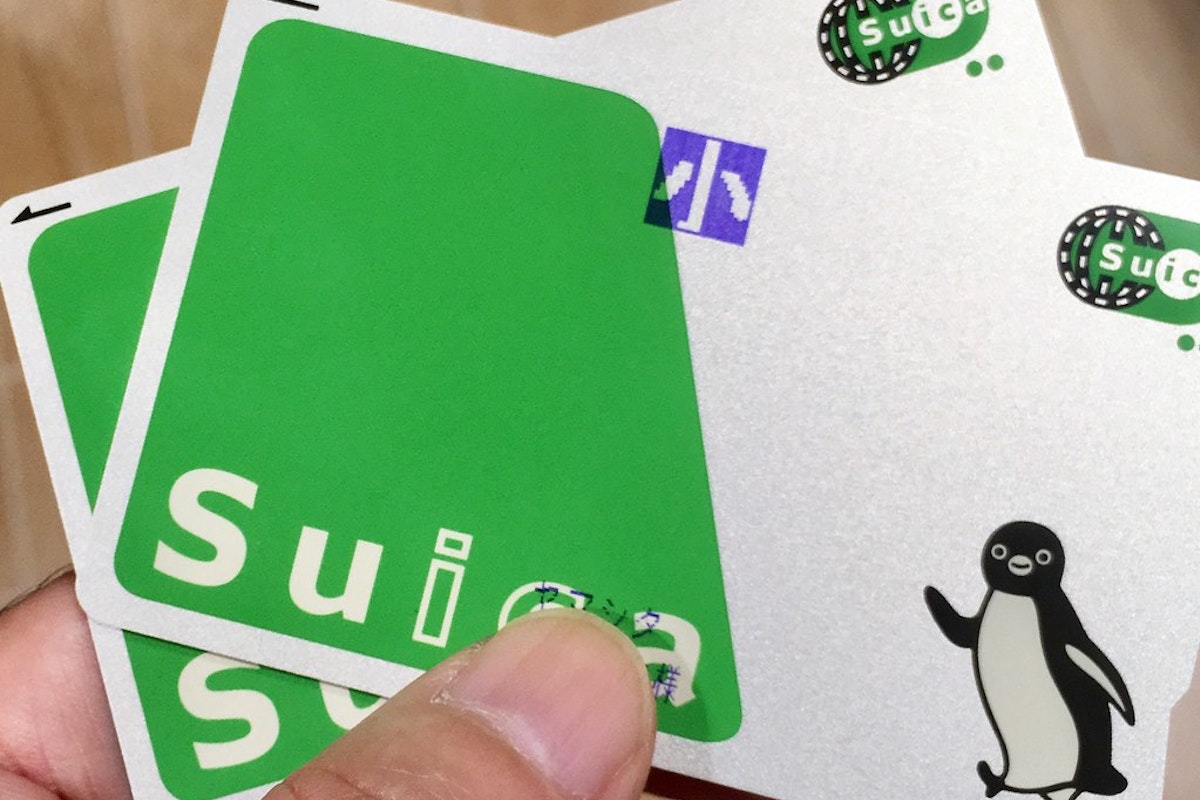
Have you ever wondered how everyone in Tokyo just effortlessly taps their way through subway stations?
I get this question all the time from travelers planning their trips with us. If you're planning your own adventure in Japan, an IC card should definitely be on your radar. It might seem confusing at first, but once you've got it in hand, you'll quickly wonder how you ever managed without it.
An IC card—short for "integrated circuit card"—is basically a rechargeable card that you use to pay for public transportation throughout Japan. But they're not just limited to transit! You can also use them to buy drinks from vending machines, pay at convenience stores, and even cover your taxi fare in certain cities.
For first-time visitors, I always recommend grabbing one as soon as possible. Convenience really can't be overstated here, especially if you want to navigate Japan's bustling cities without fumbling around for exact change or dealing with language barriers at ticket machines.
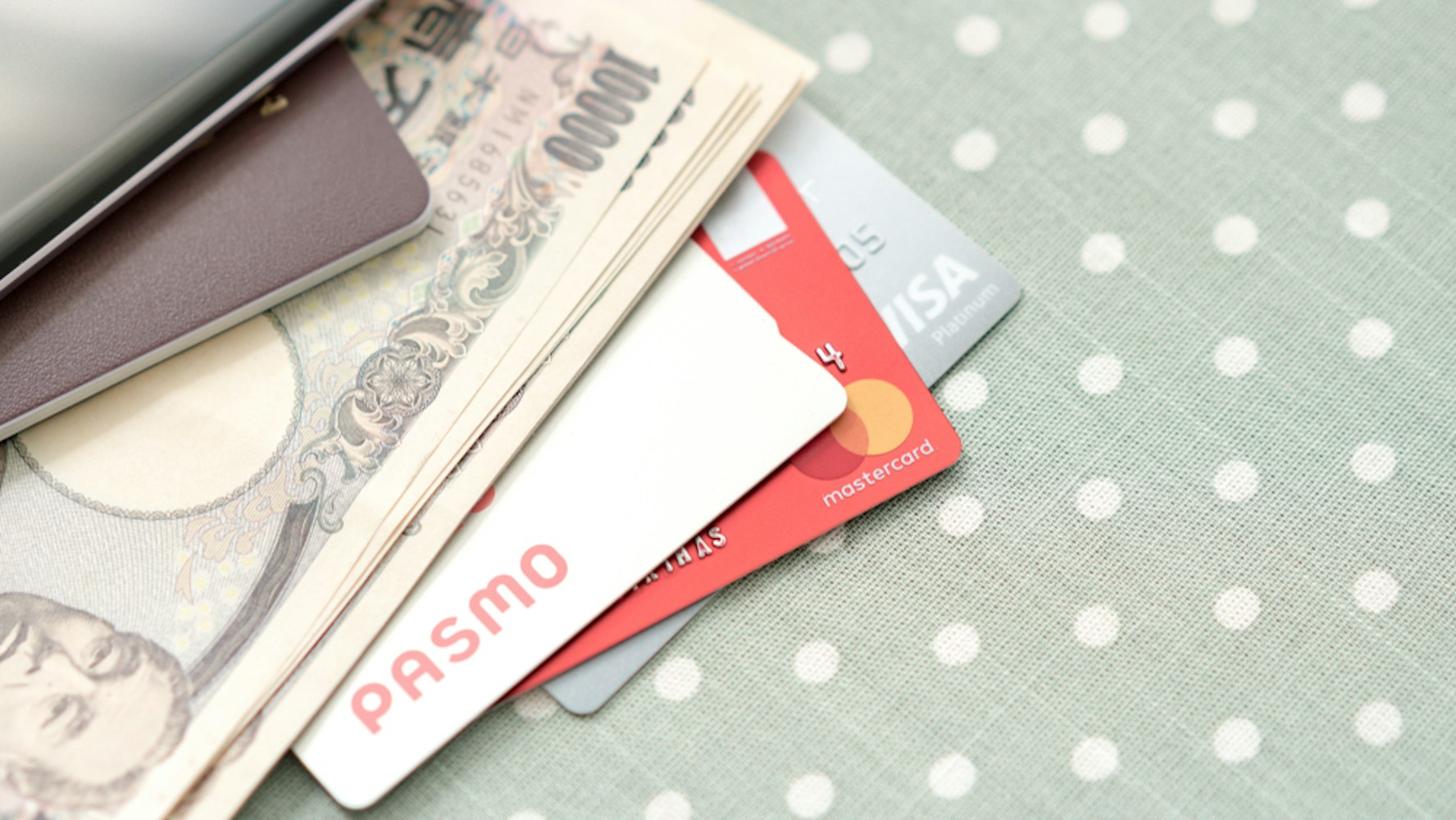
At first glance, it might seem like Japan has a bunch of different IC cards that all do the same thing. And to some extent, that's true. The two most popular ones, Suica and Pasmo, are common in Tokyo and the surrounding area.
Suica is managed by JR East, while Pasmo is operated by private rail companies in Tokyo. But here's the good news: both cards are basically interchangeable within the Tokyo area. You can easily travel across trains, buses, and even some ferries without having to worry about which card you're carrying.
If you're headed beyond Tokyo—to places like Osaka, Kyoto, or Hiroshima—you'll run into other regional cards like ICOCA. While these regional cards are accepted broadly, there are a few quirks. I always suggest checking local signage or asking station attendants just to be sure your card will be accepted everywhere you plan to travel.
Here's where people usually get stuck: Should you pick up an IC card or spring for a Japan Rail Pass? It’s an understandable confusion because the two options often seem similar. But the differences are significant.
A JR Pass gives you unlimited access to Japan Rail trains for a fixed period—perfect if you're traveling extensively between cities. If your trip involves multiple journeys on the Shinkansen bullet trains, the JR Pass can be a fantastic deal. On the other hand, an IC card offers more flexibility for shorter trips within cities.

Discover Japan without limits with our all-access JR Pass!
What I usually tell travelers is that it's not really an either/or choice. The best option for most of our customers is actually to have both. Use the JR Pass for your longer trips across the country and rely on your IC card for daily transportation within cities like Tokyo, Osaka, or Kyoto.
If you want to get more familiar with longer-distance travel, we've shared our recommendations on the best ways to travel from Tokyo to Hokkaido. This could really help you figure out your transportation plans ahead of time.
Picking up your IC card is straightforward. Most travelers grab theirs right at the airport upon arrival. In Tokyo, for instance, Narita and Haneda airports have dedicated counters and vending machines clearly marked in English where you can purchase and charge your Suica or Pasmo.
Alternatively, you can easily find vending machines in major stations across Tokyo. It’s as simple as choosing your language on the screen, inserting cash, and receiving your card ready to go.
We’ve shared plenty of travel tips before, such as our popular guide on what to pack for Japan in spring, and trust me—an IC card is just as essential as your travel essentials.
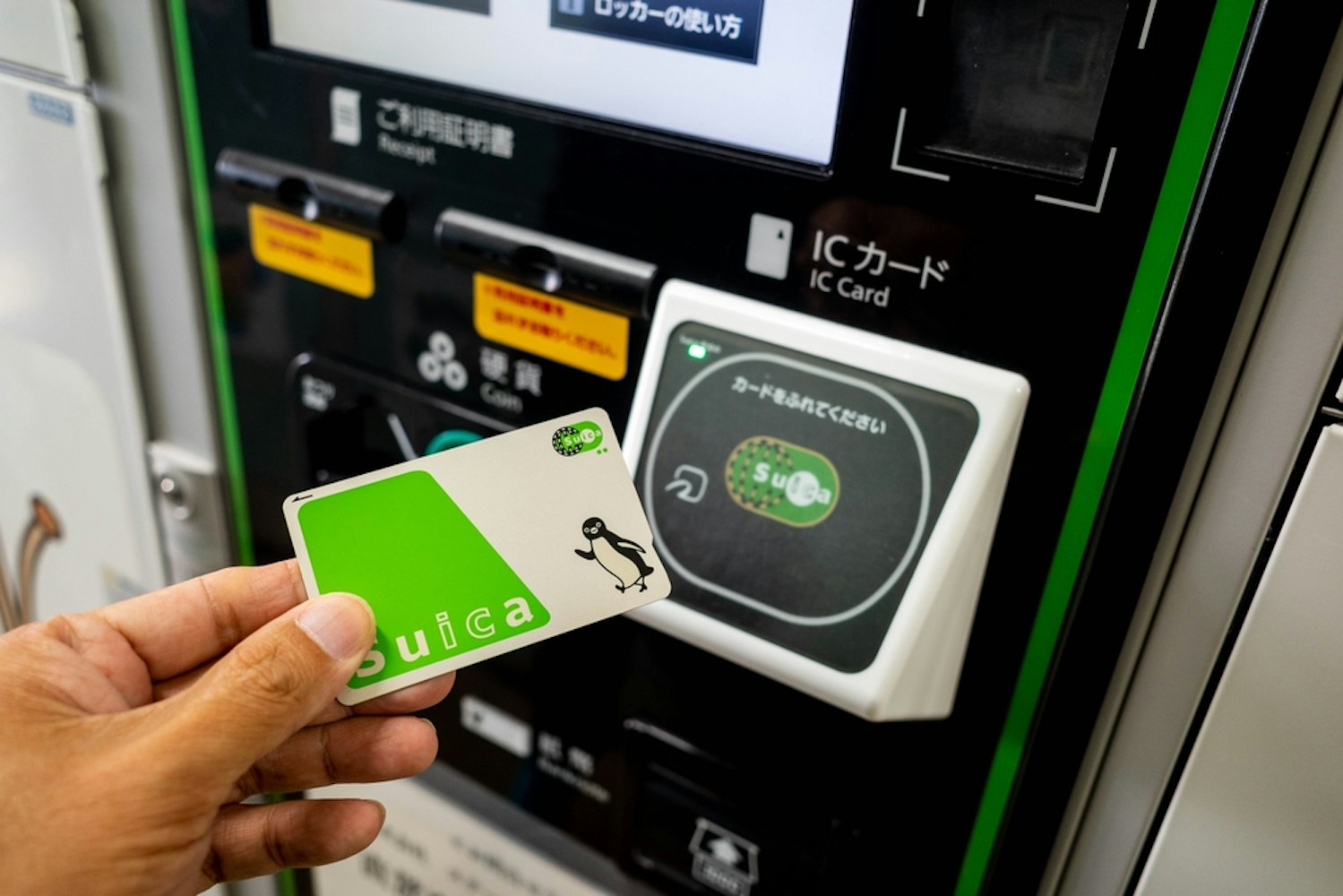
I remember talking with one customer who couldn’t believe how much smoother her trip was after picking up an IC card. She told me it completely eliminated the stress of navigating ticket machines every time she wanted to hop on a train or bus.
And that’s the biggest advantage of using these cards—simplicity. You don't need to know exact fares, and you won't have to struggle with Japanese language menus at ticket machines. Just tap and go!
Another underrated advantage is that IC cards streamline your purchases. Whether you’re grabbing a quick coffee at FamilyMart or stocking up snacks at Lawson, a quick tap means less cash juggling and a faster, smoother experience.
I’ve heard plenty of tips over the years, and some of the best come from our customers. One great recommendation is to regularly top up your card. Sure, there are recharge stations everywhere, but it's so much easier if you keep it topped up, especially during rush hours when lines can build up quickly.
Another traveler told me about a smart little trick: adding the IC card to your smartphone’s wallet if you’re using Apple Pay or Google Pay. With this setup, you don’t even need to pull out the physical card, making life even easier. Just tap your phone and keep walking.
If you’re curious about navigating other cities, our guide on how to easily travel from Saitama to Tokyo might also help you out.
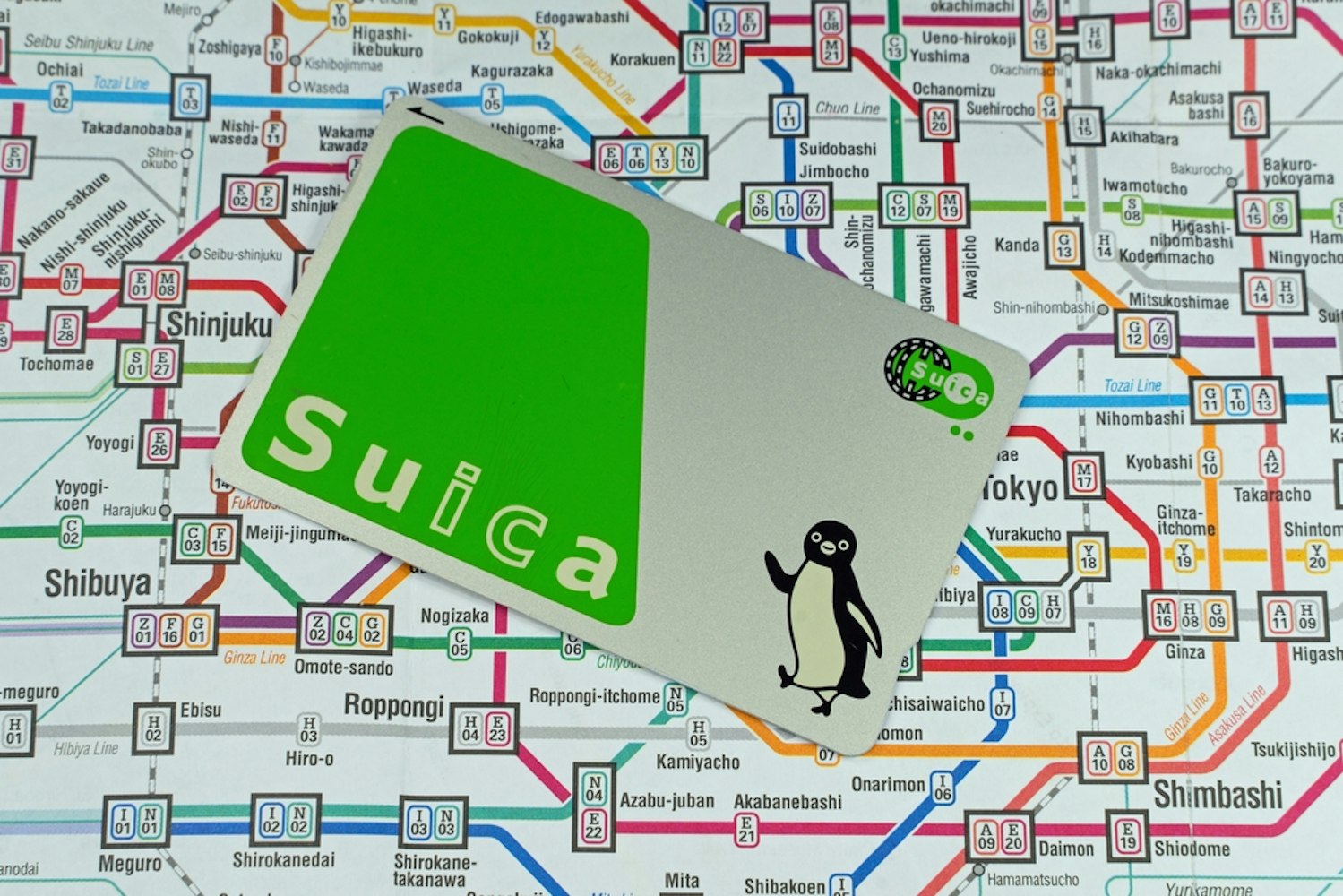
This is the question everyone asks. Between Suica and Pasmo, does it really matter? Honestly, not much. Since both cards work interchangeably across Tokyo, the difference is minimal. Your best bet is simply to grab whichever card is most conveniently available at your arrival point.
If you want a slight edge, Suica sometimes has more merchandising tie-ins (think limited-edition designs or souvenirs), which might appeal if you're into collecting unique travel items.
Either way, you’ll be glad you got one, trust me.
Absolutely! Your Tokyo-based Suica or Pasmo card isn’t limited just to the capital. I've had plenty of travelers ask whether they can use their IC cards outside Tokyo, and the good news is—yes, you definitely can. Cities like Osaka, Kyoto, Kobe, and Nagoya widely accept Suica and Pasmo for trains, buses, and even shopping.
But there's a quick tip you should remember: regional cards like ICOCA (for Osaka and Kyoto) offer similar compatibility. If your trip is mostly centered around the Kansai region, it could be convenient to pick up ICOCA, especially since it might offer local perks or unique designs to remember your trip by. Our customers traveling between cities have found this flexibility super helpful, saving them the hassle of switching between multiple payment methods.
Speaking of Osaka, we've got a handy guide about exploring local markets in Osaka that you might enjoy checking out before your trip.
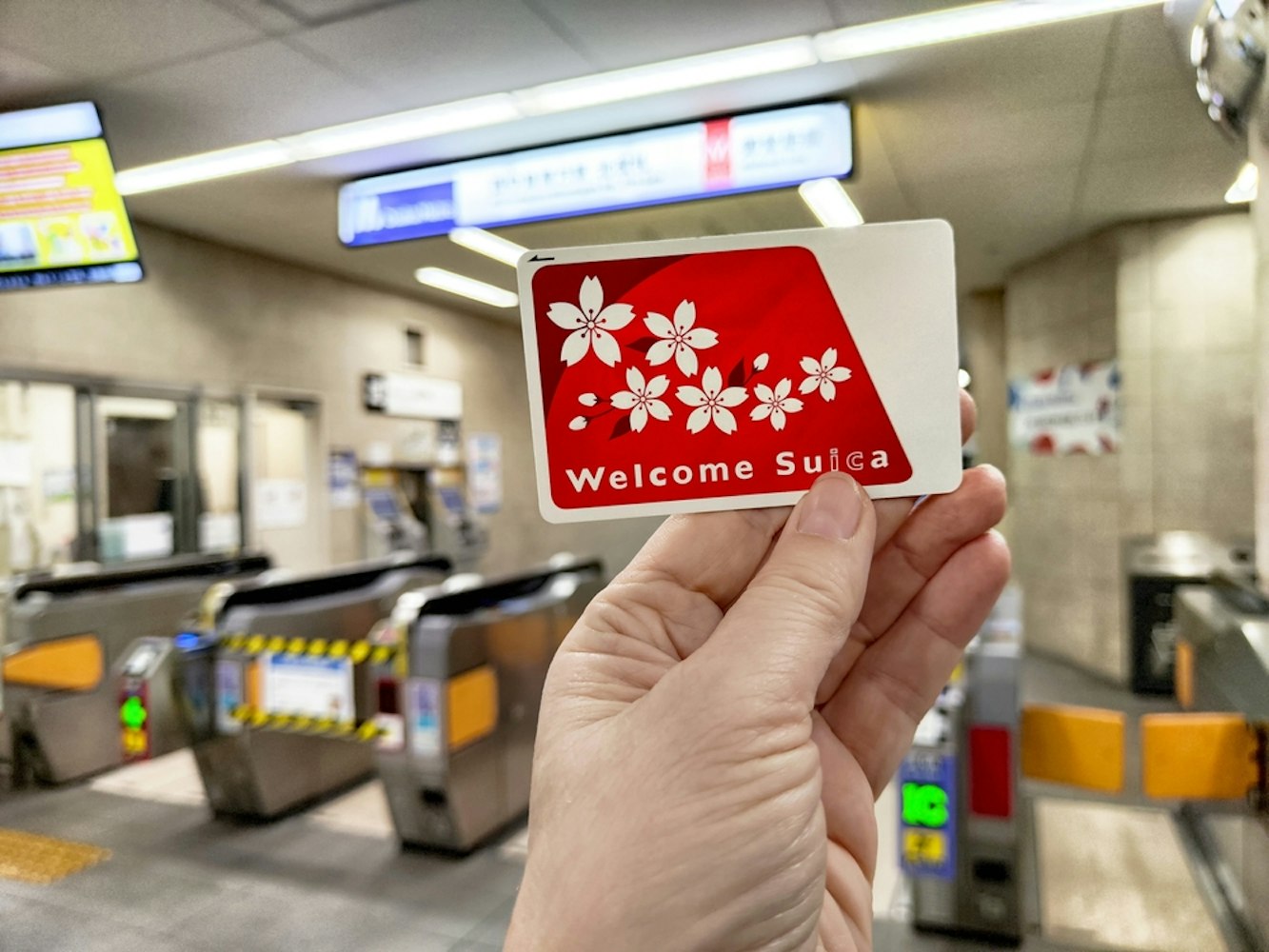
Keeping track of your IC card’s balance is straightforward. Every time you tap your card at a gate or a vending machine, your remaining balance is clearly displayed. If you ever run low, there are tons of recharge machines at practically every station.
One of my customers once mentioned a helpful strategy they used: topping up with a larger amount early in their trip. This strategy not only saves time but also ensures you won't be caught short in rush-hour crowds. You can recharge your card using cash or at select machines, a credit or debit card, though cash remains the easiest and most universally accepted method.
And remember, if you link your IC card to your smartphone (like with Apple Pay), checking and topping up your balance becomes even easier, since you can do it instantly right from your device.
Here's something travelers often overlook. Your IC card comes with a small refundable deposit (typically around 500 yen). If you want to retrieve this deposit before leaving Japan, simply return the card to a ticket office at any major station. They’ll refund your balance minus a small handling fee, typically about 220 yen.
But honestly? Most of the travelers I've spoken with end up keeping their cards as souvenirs or for future visits. And if you think you might return to Japan someday, I'd recommend holding onto it—your card stays valid for ten years after your last use!
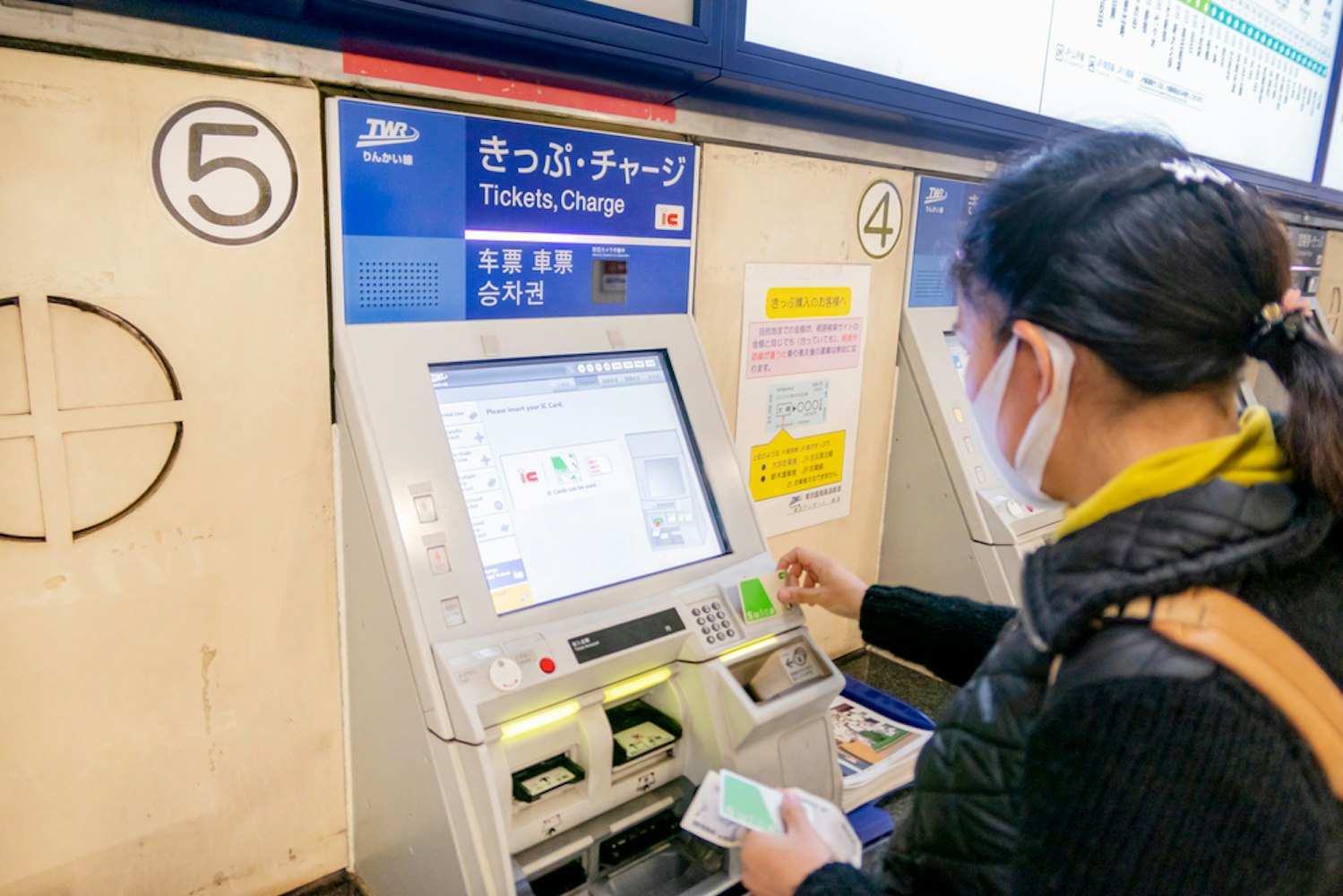
I’ve talked with hundreds of travelers, and the overwhelming consensus is clear: getting an IC card is one of the best small investments you'll make while traveling in Japan. They're affordable, incredibly practical, and a breeze to use, even if it's your first time visiting.
Travelers who use IC cards consistently tell me how it dramatically improved their experience. Less stress about navigating train systems and more freedom to move spontaneously through cities makes a big difference in your trip.
For instance, if you’re hopping around different neighborhoods like Shinjuku or Akihabara, having your card handy makes transportation seamless. And speaking of Akihabara, we’ve got a fun guide about exploring Tokyo's famous Electric Town that might inspire your next Tokyo adventure.
Japan is famously cash-friendly, and carrying yen in your pocket is always wise. But IC cards offer a clear advantage over cash for daily commuting and small purchases. When you're hustling through crowded stations or quickly grabbing snacks from a convenience store, tapping your card is faster and easier than counting coins.
Still, don't ditch cash entirely. Some small restaurants, markets, or temples might still prefer cash, especially in rural areas or older neighborhoods. A balanced approach—an IC card for daily convenience and cash for flexibility—works best.
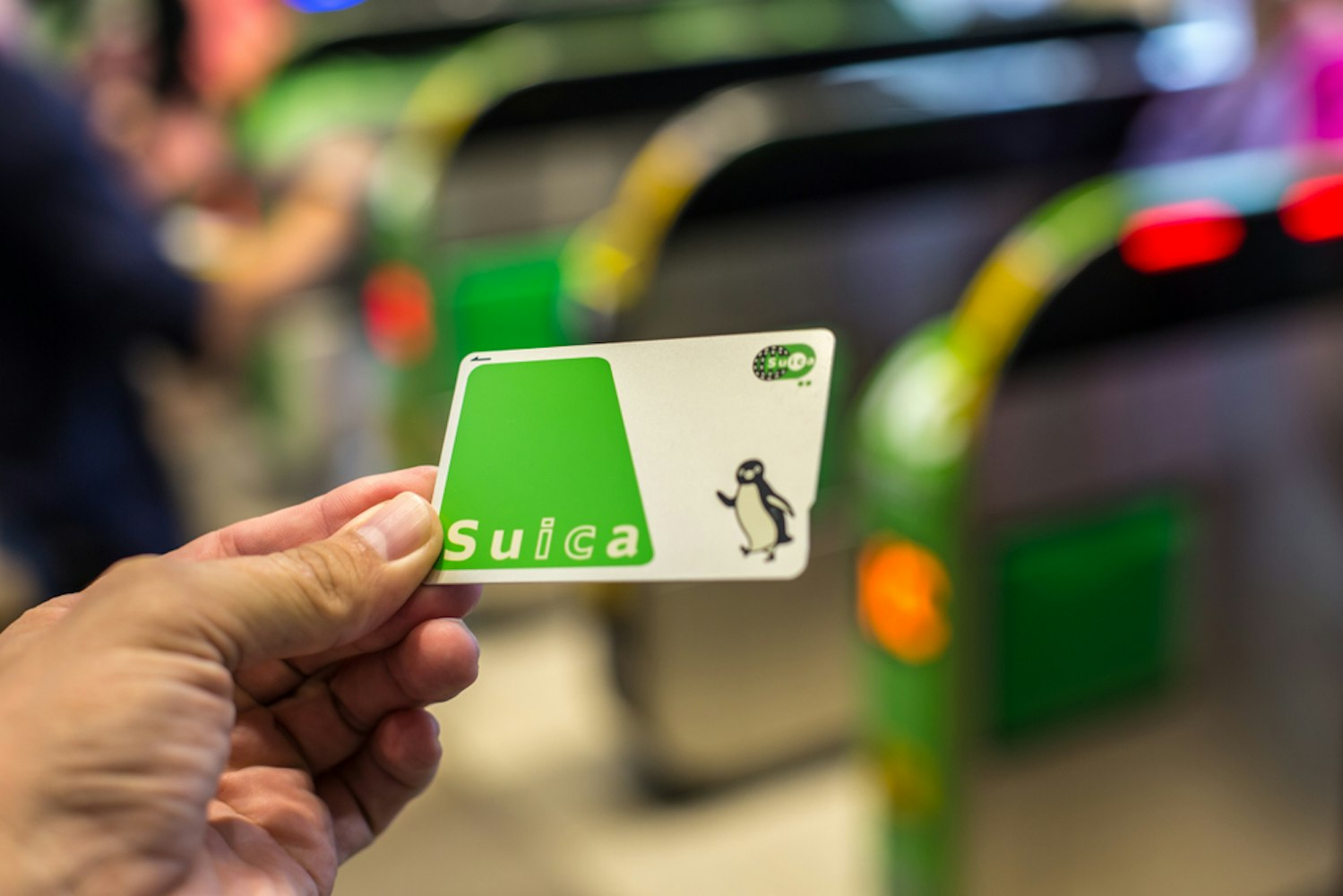
Whenever customers ask for my personal take, here's what I usually recommend:
Grab your IC card immediately upon arrival. Airports and major stations have English-friendly vending machines, making this quick and easy.
Top up with around 2,000 to 3,000 yen initially. It's enough for several days, and you can always add more.
Consider linking your IC card to your smartphone. Trust me—this simplifies things even further.
Keep your IC card after your trip. It’s a useful souvenir and remains valid for years, ready for your next visit.
If you're looking for inspiration about activities to pair with your card usage, our customers often rave about their experiences featured in our guide to Shinjuku's vibrant nightlife. It's the perfect complement to your Tokyo adventure.
If you're still curious, there are some fantastic resources I recommend checking out. The Japan National Tourism Organization has a clear guide explaining how IC cards work throughout Japan. Also, Japan Guide offers helpful details about the different types of IC cards available, while Tokyo's official tourism website gives great tips on using IC cards specifically in Tokyo.
For real-world experiences, I found some insightful user stories and tips shared within the Japan travel community. This gives a sense of how travelers actually benefit from IC cards on their adventures.
And of course, if you're gearing up for your trip and want everything organized seamlessly, our team at Trip To Japan can help create a personalized itinerary tailored to your interests. Feel free to explore our selection of carefully curated trips across Japan, or contact us directly—I'm always happy to chat through your travel plans personally.

Discover Japan without limits with our all-access JR Pass!



